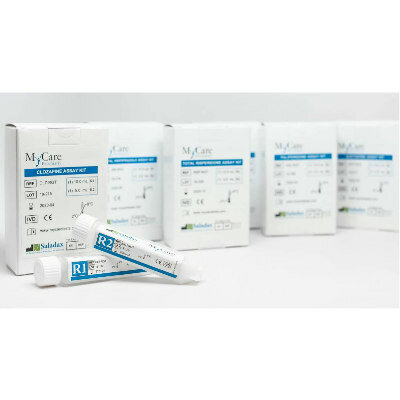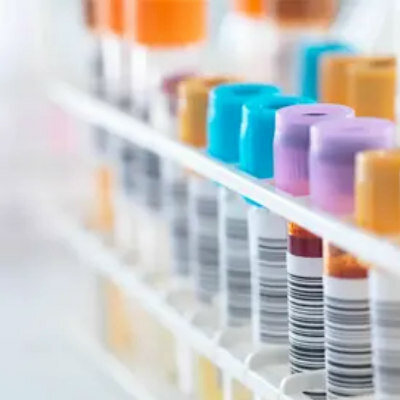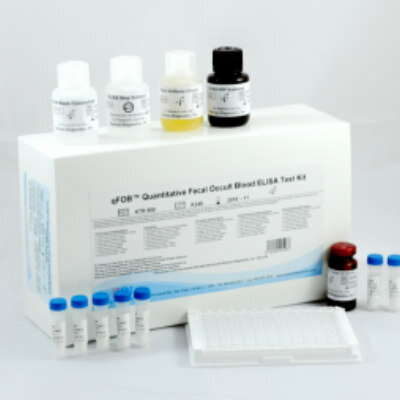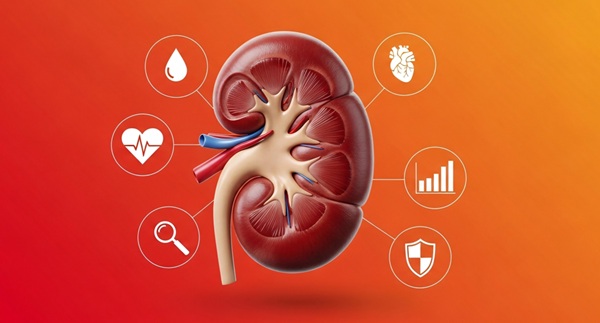Autoantibodies Are Early Diabetes Warning Signs
By LabMedica International staff writers
Posted on 10 Mar 2015
Detection of autoantibodies directed against pancreatic islet cells can be used to predict the likelihood of a child developing type I diabetes.Posted on 10 Mar 2015
Investigators at Lund University (Sweden) recruited 8,503 participants in the TEDDY (The Environmental Determinants of Diabetes in the Young) study to take part in their autoantibody experiment. The TEDDY study, funded by the [US] National Institutes of Health, involved 8,600 children from Sweden, the USA, Finland, and Germany, who showed an increased hereditary risk of type I diabetes, detected at birth through tests on umbilical cord blood.
Infants with HLA-DR high-risk genotypes (DR3/4, DR4/4, DR4/8, and DR3/3) from the TEDDY group were prospectively followed with standardized autoantibody assessments quarterly throughout the first four years of life and then semiannually thereafter. The Lund University researchers reported that 6.5% of the participating children had their first autoantibody before the age of six. In 44% of cases, they only had an autoantibody against insulin (IAA). Most of them had this by the age of one to two years. In 38% of cases, GAD65 autoantibodies (GADA) were detected. The numbers increased until the age of two and then remained constant. In 14% of cases both autoantibodies were found at the same time, with a peak at the age of two to three.
The investigators concluded from the results that there were three ways to predict development of type I diabetes: 1) if the autoantibody first discovered attacked insulin (IAA); 2) if the first autoantibody targeted GAD65 (GADA), a protein inside the insulin-producing cells; or 3) if both autoantibodies were first found together.
"In the TEDDY study we have found that autoantibodies often appear during the first few years of life", said contributing author Dr. Åke Lernmark, professor of experimental diabetes at Lund University. "If a second autoantibody is detected later, then the person will get diabetes - but it may take up to 20 years. In TEDDY, 40% of these children had already developed diabetes. It is possible that there are two different diseases involved. Perhaps one virus triggers the autoantibodies against insulin and another one the autoantibodies against GAD65."
The study was published in the February 10, 2015, online edition of the journal Diabetologia.
Related Links:
Lund University















